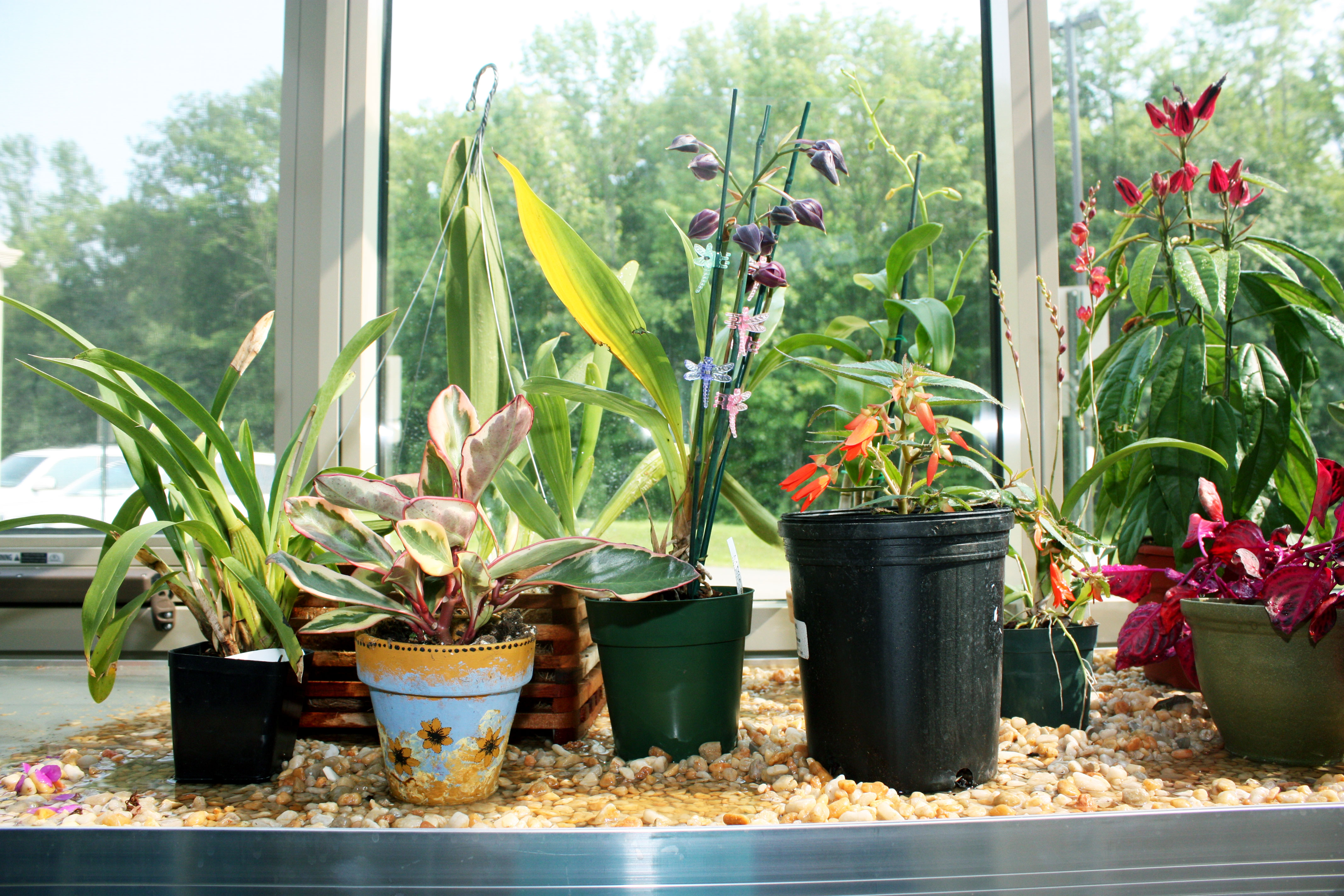

There are about 170 microscopic species of bacteria that can cause disease in your plants, and it’s important to notice the visible signs of disease your plants may show. Though there is not one single symptom for all plants, several common signs to look out for are black veins running through yellowed areas on the leaves; tiny, round dark spots on the leaves; yellowing of the leaf; wilting or collapse of the plant stem; and v-shaped yellow or brown wedges on the plants.
Managing bacteria on your plants can be as simple as detecting it in the early stages when the leaves begin to yellow or when black spots start to appear. Plants that are only affected insignificantly should be sprayed with a bactericide or fungicide, and infected leaves should be removed. Once treated, try to keep the plant separated from more healthy plants. Infected plants should never be hung above a healthy plant. Plants with major infections should be discarded completely to prevent the threat of bacteria spreading to healthy plants.
Keep your growing environment clean in order to prevent bacterial infections in your plants. Always clean up and discard all plant debris from the plants and pots they are growing in. Keeping benches and the floor clean can also help keep bacteria under control. Mesh top benches are ideal as they allow for excellent air circulation and drainage. Good air flow, either naturally sourced from windows, ridge vents, and eave vents, or supplemented by circulation fans, helps prevent bacteria from starting. Maintaining a well ventilated, clean environment will keep your plants happy and healthy.

